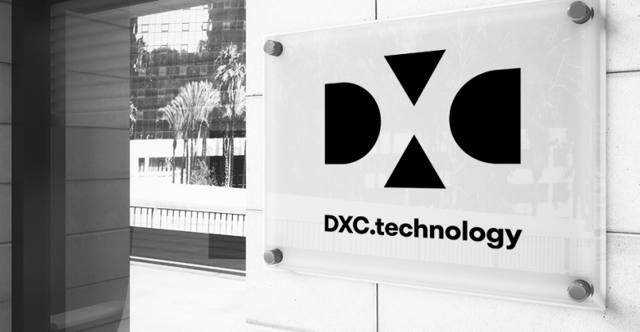After the merger of Computer Sciences and Hewlett Packard Enterprise's (HPE) enterprise services business at the beginning of April 2017, DXC Technology (NYSE: NYSE:DXC) has become the second largest end-to-end IT service provider in the world after Accenture PLC (NYSE: ACN). Historically, both companies have been affected by poor management and strategic execution problems, which have caused revenue volatility, negative operating margins, and a lack of innovation in their offers.
Now, DXC Technology combines the strength of Computer Sciences in the insurance, health, and financial services segments with HPE’s expertise in the pharmaceutical, technology, media, and telecommunications industries. As a combined entity, DXC now has a privileged scale within the IT services industry.
By the end of fiscal year 2018, DXC reported savings of $1.1 billion as a result of its workforce optimization actions, including the acceleration of management reductions and the global deployment of its Bionix automation program.
Although the company has managed to expand its operating margins during its first year as a merged company, the dependence of DXC on its legacy systems — that lose relevance every day — has negatively weighed on the growth of its revenues. We believe that DXC still has a lot of work to do due to the executive's negative outlook on revenue and net income for the 2019 fiscal year. The company faces several execution risks that are not only limited to integration efforts, but extend to the titanic task of keeping DXC services relevant.
The future of DXC depends on its next-generation services
As a result of its loss of competitiveness in the past, and the increase in productivity and price pressure from its closest competitors, the new combined entity, DXC Technology, has rethought its service approach, turning to high-growth digital services such as that of the cloud and analytics.
